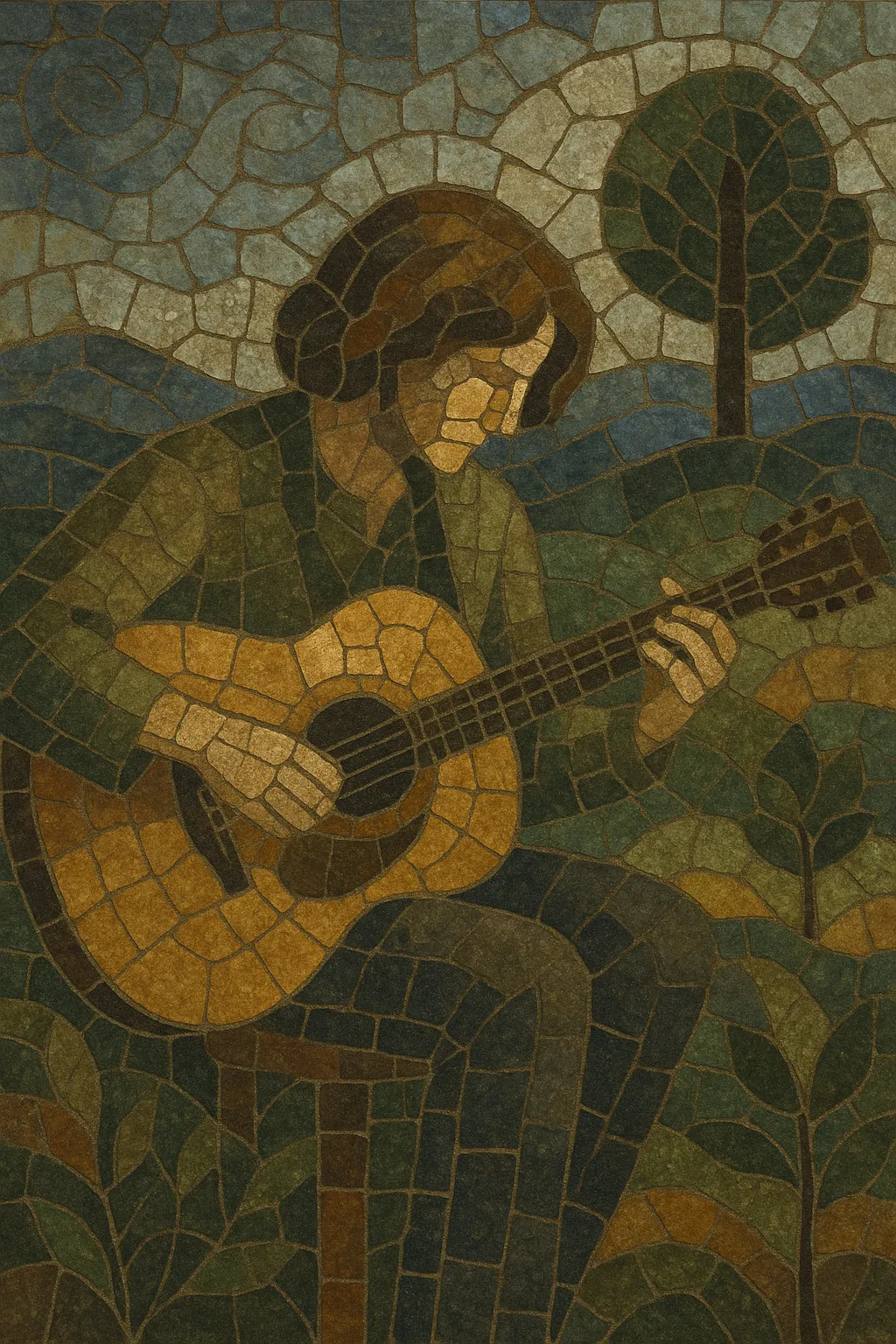
Ambient folk blends the acoustic intimacy of folk with the spacious sound design of ambient music. Fingerpicked guitars, soft vocals, and organic instruments are layered with drones, reverb-drenched pads, and field recordings to create a hushed, immersive atmosphere.
The style favors slow tempos, minimal percussion, and modal or diatonic harmonies, often allowing chords to ring while textures evolve gradually. The result is music that feels pastoral and introspective, equally suited to close listening and quiet, reflective spaces.
Ambient folk’s foundations lie in the cross-pollination between modern folk revivalists and ambient/new age aesthetics. In the 1990s, artists in indie folk and dream pop began to adopt drone, reverb-heavy production, and field recordings, while new age and ambient composers increasingly used acoustic guitars and traditional instruments. This created fertile ground for a more explicit fusion.
The term and sound coalesced in the 2000s as singer-songwriters and experimental folk artists embraced textural production. Records that paired breathy, intimate vocals with tape hiss, environmental sounds, and shimmering pads helped define the genre’s hallmarks: sparse arrangements, slow harmonic rhythm, and a focus on mood over virtuosity.
Through the 2010s, ambient folk diversified, from glacial, near-choral treatments to gently pulsing, folktronica-adjacent work. Producers refined the palette with granular sampling, analog synths, and immersive spatial mixing. The style now intersects with lo-fi indie, ambient americana, and minimalist singer-songwriter traditions, while remaining a go-to sound for contemplative listening and cinematic storytelling.

